Home>Articles>How Much Heat Does An Electric Fireplace Put Out
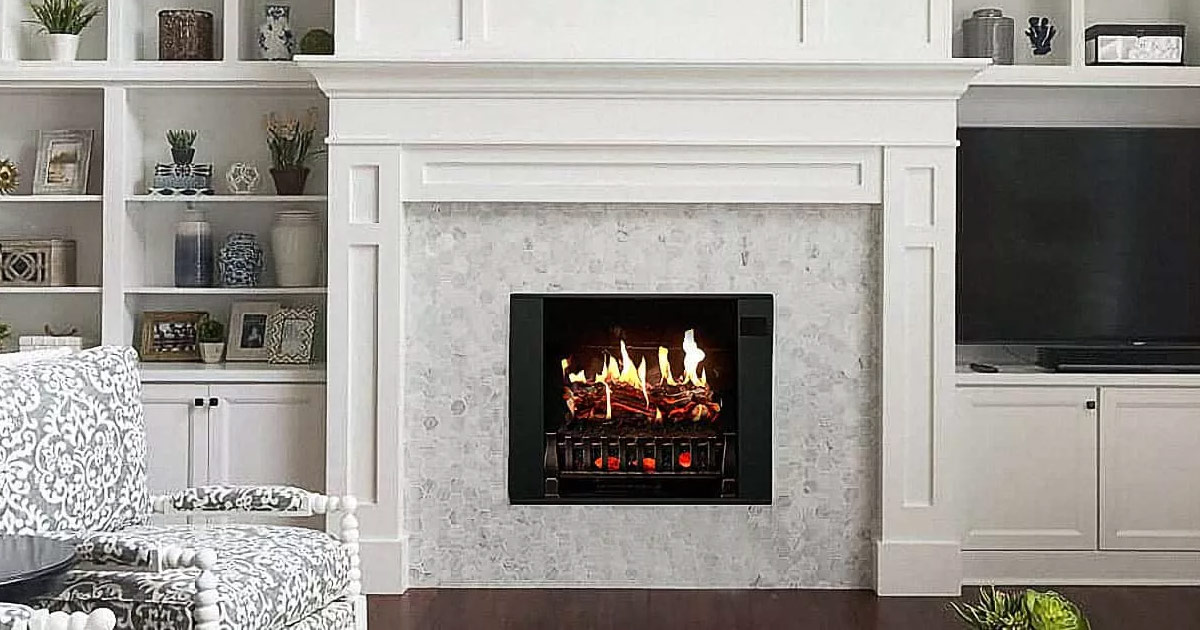

Articles
How Much Heat Does An Electric Fireplace Put Out
Modified: December 7, 2023
Discover the heat output of electric fireplaces in this informative article. Find out how much warmth these convenient appliances can provide for your home.
(Many of the links in this article redirect to a specific reviewed product. Your purchase of these products through affiliate links helps to generate commission for Storables.com, at no extra cost. Learn more)
Introduction
An electric fireplace is a popular and convenient alternative to traditional wood-burning or gas fireplaces. Not only does it add warmth and ambiance to a living space, but it also offers a hassle-free heating option without the need for a chimney or ventilation system.
In this article, we will explore how much heat an electric fireplace puts out and the various factors that can affect its heat output. Understanding these factors can help you make an informed decision when selecting an electric fireplace for your home.
Electric fireplaces have gained popularity in recent years due to their ease of installation, energy efficiency, and versatility. They come in a range of styles and sizes, from wall-mounted units to freestanding stoves, allowing you to choose one that fits your aesthetic preferences and heating needs.
Unlike traditional fireplaces, electric fireplaces do not burn fuel to produce heat. Instead, they utilize electricity to power internal heating elements that generate warmth. This makes them a safer and more environmentally-friendly choice, as they do not produce harmful emissions or require regular maintenance.
Before we delve into the specifics of how much heat an electric fireplace can put out, it is important to understand the key factors that can contribute to its heat output. These factors include wattage, heating capacity, room size, and insulation.
Wattage plays a crucial role in determining the heat output of an electric fireplace. The higher the wattage, the more heat the unit can generate. Typically, electric fireplaces range in wattage from 750 watts to 1500 watts, with higher wattage models offering greater heating capacity.
The heating capacity of an electric fireplace refers to the maximum area it can effectively warm. It is measured in square footage and can vary depending on the specific model. It is important to consider the heating capacity when choosing an electric fireplace, as selecting one that is too small for your room size may result in inadequate heating.
The size and insulation of the room where the electric fireplace is installed also play a role in its heat output. A well-insulated room with proper sealing will retain heat better, maximizing the effectiveness of the electric fireplace. Conversely, a larger or poorly insulated room may require a higher wattage or multiple electric fireplaces to achieve the desired level of warmth.
In the following sections, we will delve deeper into the different factors affecting heat output and discuss how you can compare electric fireplace models to find the one that best suits your heating needs.
Key Takeaways:
- Electric fireplaces offer a convenient and energy-efficient heating option without the need for a chimney or ventilation system. Factors such as wattage, heating capacity, and room size affect their heat output, so choose wisely to maximize warmth and efficiency.
- When comparing electric fireplace models, consider factors like heat output, wattage range, heating technology, flame effects, design, and additional features. By following tips to maximize heat output, you can create a cozy and comfortable environment in your home while enjoying the benefits of electric fireplaces.
Understanding Electric Fireplaces
Electric fireplaces have become increasingly popular in recent years due to their convenience, efficiency, and aesthetic appeal. These innovative heating devices replicate the look and feel of a real fireplace without the hassle and maintenance associated with traditional wood-burning or gas fireplaces.
An electric fireplace consists of several key components, including heating elements, a blower or fan, and realistic flame effects. The heating elements, often made of metal coils or ceramic, are responsible for generating the heat. They are powered by electricity and emit warmth when activated.
The blower or fan within the electric fireplace helps to distribute the heat evenly throughout the room. This enhances the heating efficiency and ensures that the warmth reaches all corners of the space. The fan also aids in maintaining a comfortable temperature by preventing hot spots and reducing drafts.
One of the standout features of electric fireplaces is the realistic flame effects they offer. LED lights and reflective panels are used to create the illusion of flickering flames, providing a cozy and inviting ambiance. These flame effects can often be adjusted in intensity and color, allowing you to customize the aesthetic to suit your preferences.
Another advantage of electric fireplaces is their ease of installation. Unlike traditional fireplaces, which often require professional installation and extensive renovations, electric fireplaces can often be simply plugged into a standard electrical outlet. This makes them a popular choice for homeowners who want the cozy atmosphere of a fireplace without the cost and hassle of installation.
Electric fireplaces also offer a range of additional features and options. Many models come with remote controls, allowing you to adjust the heat and flame settings from the comfort of your couch. Some electric fireplaces even have built-in thermostats, timers, and adjustable heat settings, providing convenience and control over the heating process.
Furthermore, electric fireplaces are known for their energy efficiency. Unlike wood-burning fireplaces that lose a significant amount of heat through the chimney, electric fireplaces direct their heat output into the room, maximizing efficiency. This leads to lower energy consumption and cost savings on heating bills.
Lastly, electric fireplaces are a safe option for households with children or pets. Since they do not produce real flames or emit smoke, there is no risk of burns or harmful fumes. Many electric fireplaces also have safety features such as automatic shut-off mechanisms and cool-touch surfaces, providing peace of mind for families.
Overall, electric fireplaces offer a convenient and stylish solution for those seeking the warmth and ambiance of a traditional fireplace without the drawbacks. In the next section, we will explore the factors that can affect the heat output of an electric fireplace, helping you make an informed decision when choosing the right model for your space.
Factors Affecting Heat Output
Several key factors can influence the heat output of an electric fireplace. Understanding these factors is essential when selecting an electric fireplace that will effectively warm your space.
1. Wattage: The wattage of an electric fireplace is one of the primary factors that determine its heat output. Generally, higher wattage models produce more heat. Electric fireplaces typically range from 750 watts to 1500 watts, with higher wattage units capable of generating more warmth. Keep in mind that higher wattage also means higher energy consumption, so it’s important to strike the right balance between heat output and energy efficiency.
2. Heating Capacity: The heating capacity of an electric fireplace refers to the amount of space it can effectively warm. This is typically measured in square footage. It is crucial to match the heating capacity of the fireplace with the size of your room. If you select a fireplace with insufficient heating capacity, it may struggle to warm the room adequately. On the other hand, a fireplace with excessive heating capacity may result in energy inefficiency and unnecessary costs.
3. Room Size and Insulation: The size and insulation of the room where the electric fireplace is installed can significantly impact its heat output. A small room will warm up relatively quickly compared to a larger space. Similarly, a well-insulated room will retain heat better, maximizing the effectiveness of the electric fireplace. If your room is larger or lacks proper insulation, you may need a higher wattage model or consider adding additional fireplace units to achieve the desired level of warmth.
4. Temperature Settings: Some electric fireplaces offer adjustable temperature settings, allowing you to control the heat output. These temperature controls can range from low to high settings or may offer specific temperature values in degrees Fahrenheit or Celsius. Being able to adjust the temperature settings provides flexibility and ensures that you can maintain a comfortable environment based on your preferences.
5. Operating Mode: Electric fireplaces typically have different operating modes, such as high heat, low heat, and flame-only mode. The high heat mode utilizes more wattage and produces the highest heat output. The low heat mode consumes less energy and generates a lower amount of heat. Additionally, the flame-only mode provides the visual ambiance of a fireplace without producing heat. Being aware of the various operating modes allows you to choose the right setting depending on your heating requirements and energy conservation goals.
By considering these factors, you can make an informed decision when selecting an electric fireplace that fits your space and heating needs. In the next section, we will explore the relationship between wattage and heat output in more detail to help you understand how these two factors correlate.
Wattage and Heat Output
When it comes to electric fireplaces, wattage plays a crucial role in determining the heat output of the unit. The wattage refers to the amount of electrical power that the fireplace consumes and directly affects the amount of heat it can generate.
Electric fireplaces typically range in wattage from 750 watts to 1500 watts, with some models offering even higher wattage options. The higher the wattage, the more heat the fireplace can produce. However, it is essential to understand how wattage and heat output relate to ensure you choose the right fireplace for your needs.
As a general rule, a 750-watt electric fireplace is suitable for small rooms or as supplemental heating for larger spaces. It can provide a gentle heat that is ideal for maintaining a cozy atmosphere. If you have a larger room or require more significant heat output, you may want to consider a higher-wattage model, such as a 1000-watt or 1500-watt fireplace.
It is important to note that while higher wattage may result in increased heat output, it also means higher energy consumption. A fireplace operating at maximum wattage will use more electricity, leading to potentially higher energy bills. Therefore, it is crucial to strike a balance between the desired heat output and energy efficiency.
It’s also worth mentioning that the actual heat output of an electric fireplace is not solely determined by wattage. Other factors, such as heating capacity, room size, and insulation, can influence how effectively the heat is distributed and retained in the space.
In addition to heat output, wattage can also affect the flame intensity and brightness of the electric fireplace. Higher-wattage models often provide more vivid and vibrant flame effects, enhancing the visual appeal of the fireplace.
When comparing different electric fireplace models, it is essential to consider both the wattage and the heat output specification provided by the manufacturer. This will give you a better understanding of how much warmth the fireplace can generate and whether it aligns with your heating needs.
It is worth noting that some electric fireplaces offer adjustable heat settings, allowing you to control the temperature and heat output. This feature can be beneficial if you want to customize the heat level based on your preferences or the current season. You can switch between high heat, low heat, and even flame-only mode, depending on your heating requirements and energy conservation goals.
By taking wattage and heat output into account, you can select an electric fireplace that will provide the desired amount of warmth and ambiance for your space. In the next section, we will delve into the process of comparing different electric fireplace models to help you make an informed decision.
When considering the heat output of an electric fireplace, look for the BTU (British Thermal Unit) rating. This will give you an indication of how much heat the fireplace can generate, with higher BTU ratings indicating more heat output.
Comparing Different Electric Fireplace Models
When it comes to selecting an electric fireplace for your home, there are numerous models and options available on the market. Comparing these different models can help you find the one that best suits your heating needs, style preferences, and budget.
Here are some key factors to consider when comparing electric fireplace models:
1. Heat Output: Start by examining the heat output specification provided by the manufacturer. This will give you an idea of the maximum heating capacity of the fireplace and whether it is suitable for your room size and insulation. Look for models that offer a range of heat settings, allowing you to adjust the temperature to your comfort level.
2. Wattage Range: Check the wattage range of the electric fireplace. Higher-wattage models tend to produce more heat but may also consume more electricity. Consider your energy efficiency goals when comparing the wattage range of different models.
3. Heating Technology: Look into the heating technology used in the fireplace. Common technologies include forced fan heating, infrared heating, or a combination of both. Each technology has its advantages and disadvantages regarding heat distribution, energy efficiency, and noise level.
4. Flame Effects: Examine the quality and realism of the flame effects produced by each model. Look for options that offer adjustable flame settings, such as flame intensity and color. This allows you to customize the visual ambiance of the fireplace to suit your preferences.
5. Design and Aesthetics: Consider the overall design and aesthetics of the electric fireplace. It should complement your existing decor and fit seamlessly into your space. Decide if you prefer a wall-mounted unit, freestanding stove, or insert, and choose a style that matches your taste.
6. Additional Features: Explore any additional features that the electric fireplace may offer. This may include remote control operation, programmable timers, built-in thermostats, or safety features like automatic shut-off mechanisms. These features can enhance convenience and provide added peace of mind.
7. Customer Reviews: Take the time to read customer reviews and ratings for the models you are considering. This can provide valuable insights into the reliability, performance, and customer satisfaction of each fireplace. Look for reviews that specifically mention the heat output and overall heating performance.
8. Price and Warranty: Compare the prices of the different models and consider the value for money they offer. Additionally, check the warranty offered by the manufacturer to ensure you have adequate coverage in case of any issues or defects.
By carefully comparing these factors, you can narrow down your options and select an electric fireplace that meets your specific requirements. Keep in mind that finding the perfect electric fireplace may involve balancing factors like heat output, energy efficiency, design, and additional features.
Once you have chosen an electric fireplace, it is essential to follow proper installation and maintenance guidelines to ensure optimal performance and safety. Consult the manufacturer’s instructions and consider seeking professional assistance if needed.
Now that we have explored how to compare different electric fireplace models, let’s move on to some useful tips for maximizing the heat output of your electric fireplace in the next section.
Read more: How To Put Out Fire In Fireplace
Tips for Maximizing Heat Output
Getting the most out of your electric fireplace’s heat output can help create a cozy and warm environment in your home. Here are some tips to help you maximize the heat output of your electric fireplace:
- Choose the Right Location: Place your electric fireplace in a central location within the room to ensure even distribution of heat. Avoid placing it near drafty areas or directly next to windows or doors, as this can cause heat to escape.
- Utilize a Fan or Ceiling Fan: If your electric fireplace has a fan or blower, make sure it is switched on. This will help circulate the warm air throughout the room and improve heat distribution. Additionally, turning on a ceiling fan on low speed can help push warm air down from the ceiling.
- Close Doors and Seal Drafts: Close the doors to the room where the electric fireplace is located to create a more confined space and prevent heat from escaping to other areas. Additionally, check for any drafts or gaps around windows and doors and seal them to minimize heat loss.
- Consider Insulation: Improve the insulation of your home by adding weatherstripping around windows and doors and insulating walls and ceilings. Good insulation will prevent heat from escaping, allowing your electric fireplace to effectively warm the room.
- Maximize the Thermostat: If your electric fireplace has a built-in thermostat, use it to set the desired temperature. This will allow the fireplace to automatically cycle on and off to maintain a consistent level of warmth, improving energy efficiency.
- Supplement with Space Heaters: In larger rooms or areas with poor insulation, consider supplementing your electric fireplace’s heat output with additional portable space heaters. Place them strategically to target specific areas that need extra warmth.
- Use Curtains or Heat-Reflective Materials: If your electric fireplace is placed near windows, consider using thick curtains to insulate against cold drafts. You can also use heat-reflective materials, such as foil insulation, behind the fireplace to redirect heat into the room.
- Keep Maintenance in Check: Regularly clean the heating elements and fan of your electric fireplace to ensure efficient heat production and airflow. Follow the manufacturer’s instructions for maintenance and avoid any buildup of dust or debris.
- Consider Zone Heating: If you have multiple electric fireplaces in different rooms, use them for zone heating. Heat only the rooms that are currently in use to maximize energy efficiency and heat output.
By implementing these tips, you can optimize the heat output of your electric fireplace and create a comfortable and warm environment in your home.
Before we conclude, let’s summarize what we have covered in this article.
Conclusion
Electric fireplaces offer an excellent heating solution for your home, providing warmth, ambiance, and convenience without the drawbacks of traditional fireplaces. Understanding the factors that affect heat output and how to maximize it can help you choose the right electric fireplace for your space and optimize its performance.
We explored the key factors that influence heat output, such as wattage, heating capacity, room size, and insulation. By considering these factors, you can ensure that the electric fireplace you choose is capable of adequately heating your room and maximizing efficiency.
We also discussed the correlation between wattage and heat output, emphasizing the importance of finding a balance between desired warmth and energy consumption. Higher wattage generally results in higher heat output, but it is crucial to consider energy efficiency and your specific heating needs.
Comparing different electric fireplace models is essential to find the one that best suits your requirements. Consider factors such as heat output, wattage range, heating technology, flame effects, design, additional features, customer reviews, and price. By doing so, you can make an informed decision and select the perfect electric fireplace for your space.
To maximize the heat output of your electric fireplace, follow tips such as choosing the right location, utilizing fans, sealing drafts, improving insulation, optimizing thermostat settings, supplementing with space heaters when necessary, using curtains or heat-reflective materials, maintaining your fireplace, and considering zone heating if applicable. These tips will help you make the most of your electric fireplace’s heat output and create a cozy and comfortable environment in your home.
Remember to read the manufacturer’s instructions for your specific electric fireplace model and ensure proper installation and maintenance for safety and optimal performance.
In conclusion, electric fireplaces provide a practical, efficient, and aesthetically pleasing heating solution for homes. By understanding how to maximize heat output and selecting the right model, you can enjoy the warmth and ambiance of a fireplace without the hassle and maintenance of traditional options.
Now that you have a comprehensive understanding of electric fireplaces and their heat output, you can confidently make a choice that will enhance your home’s comfort and style.
Frequently Asked Questions about How Much Heat Does An Electric Fireplace Put Out
Was this page helpful?
At Storables.com, we guarantee accurate and reliable information. Our content, validated by Expert Board Contributors, is crafted following stringent Editorial Policies. We're committed to providing you with well-researched, expert-backed insights for all your informational needs.
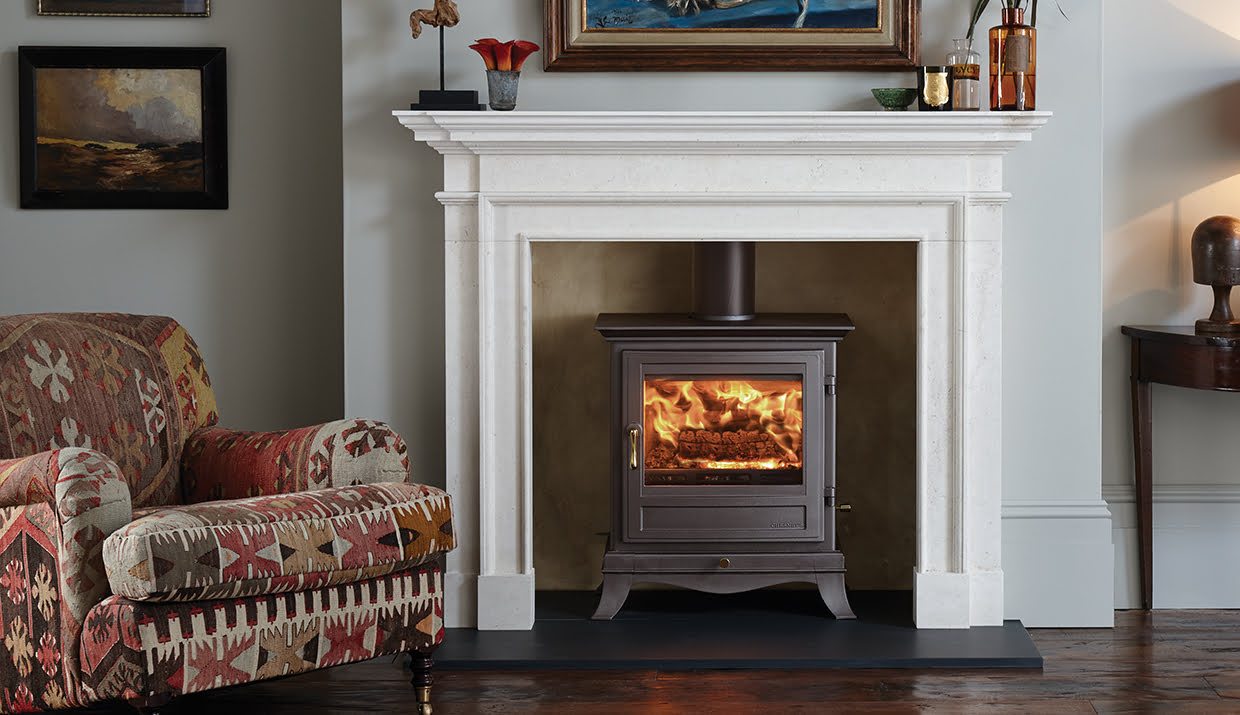
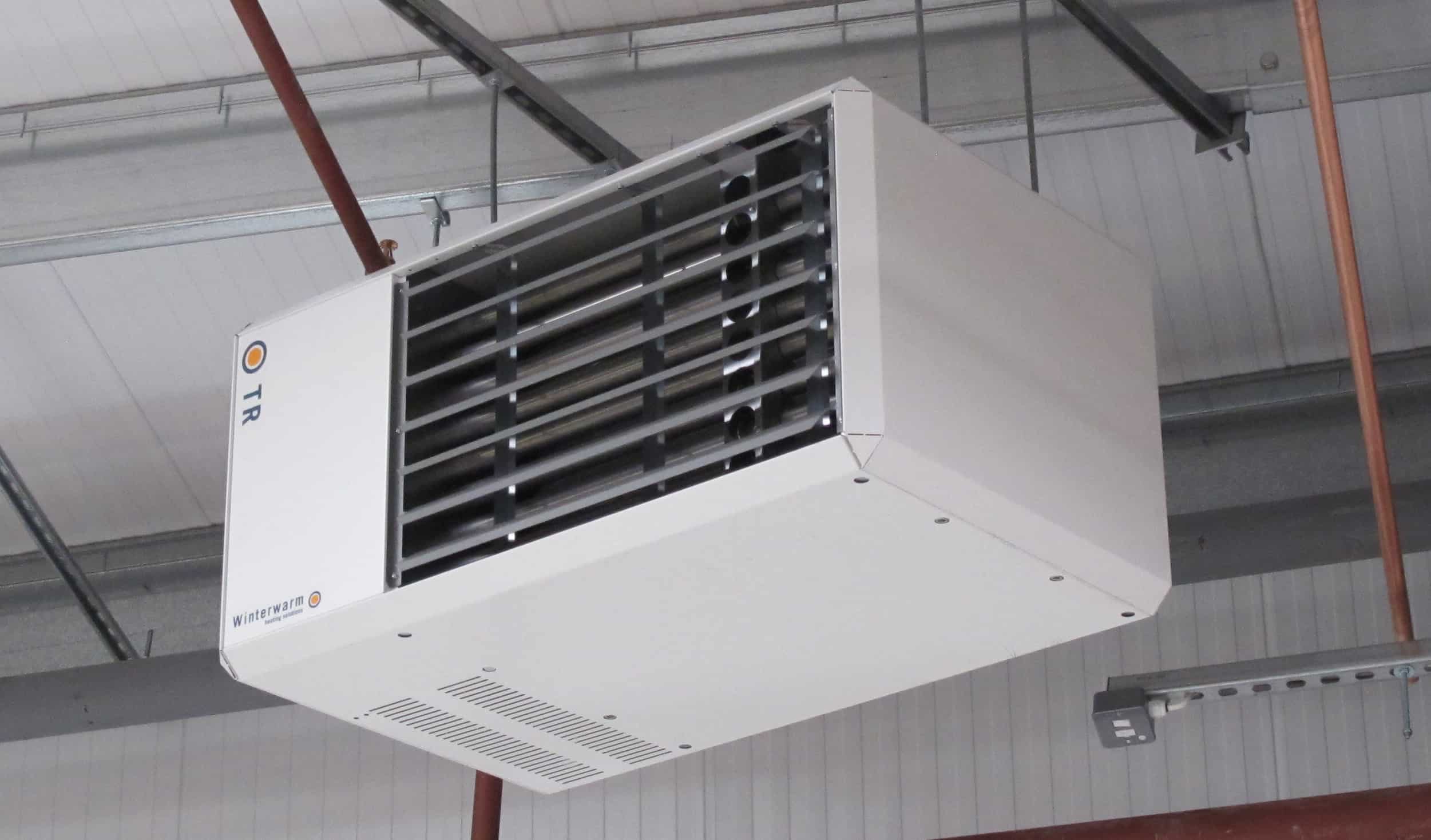
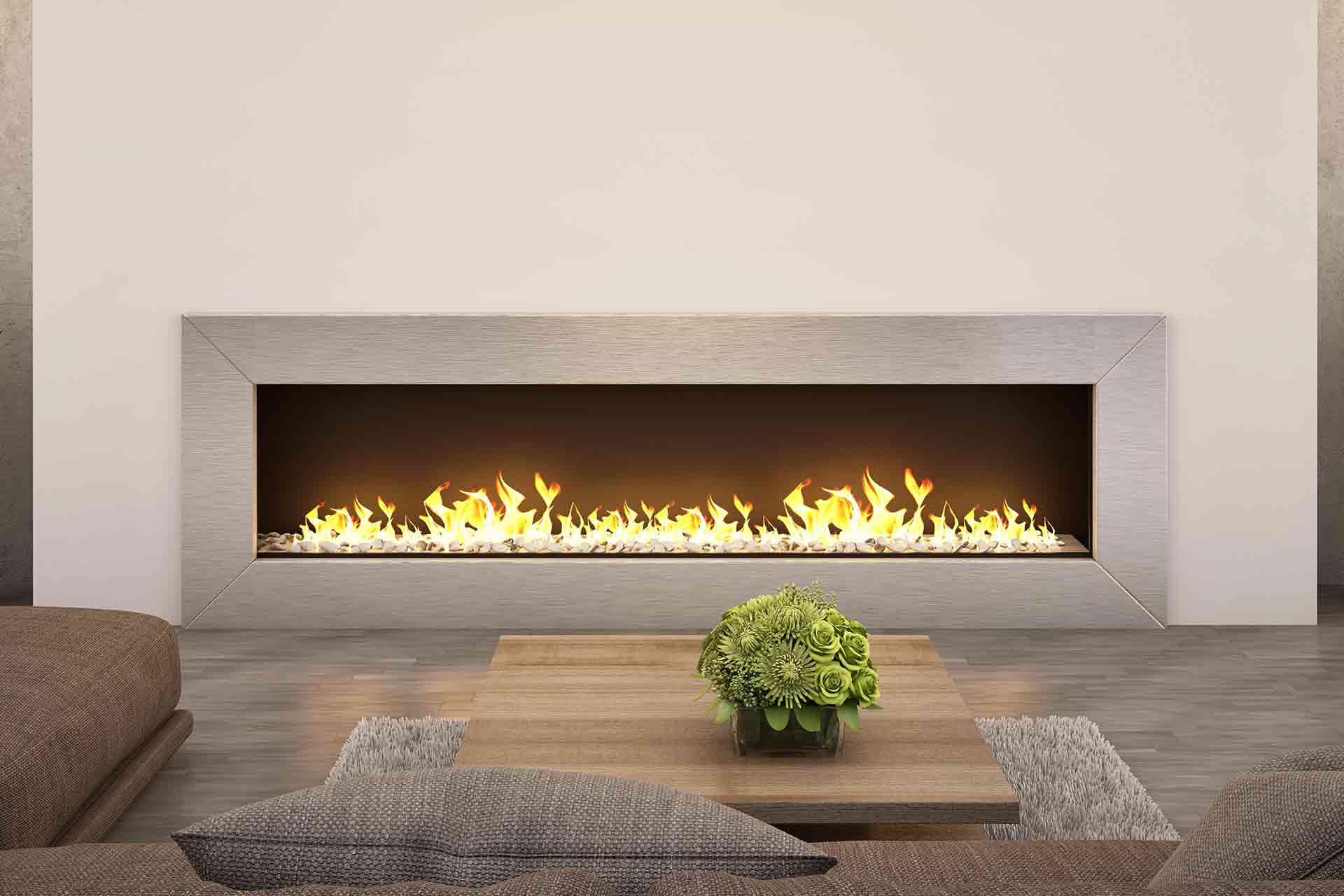
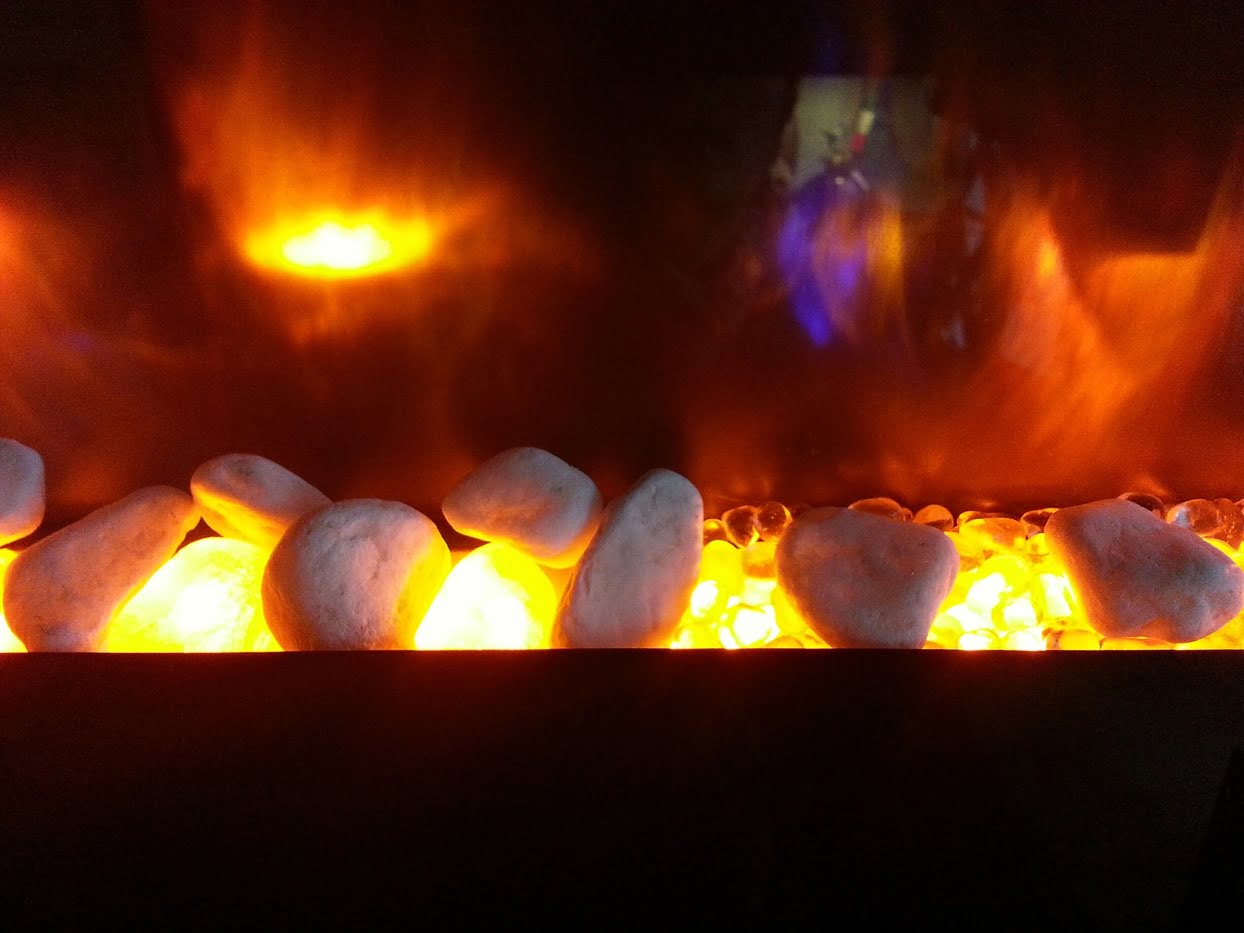
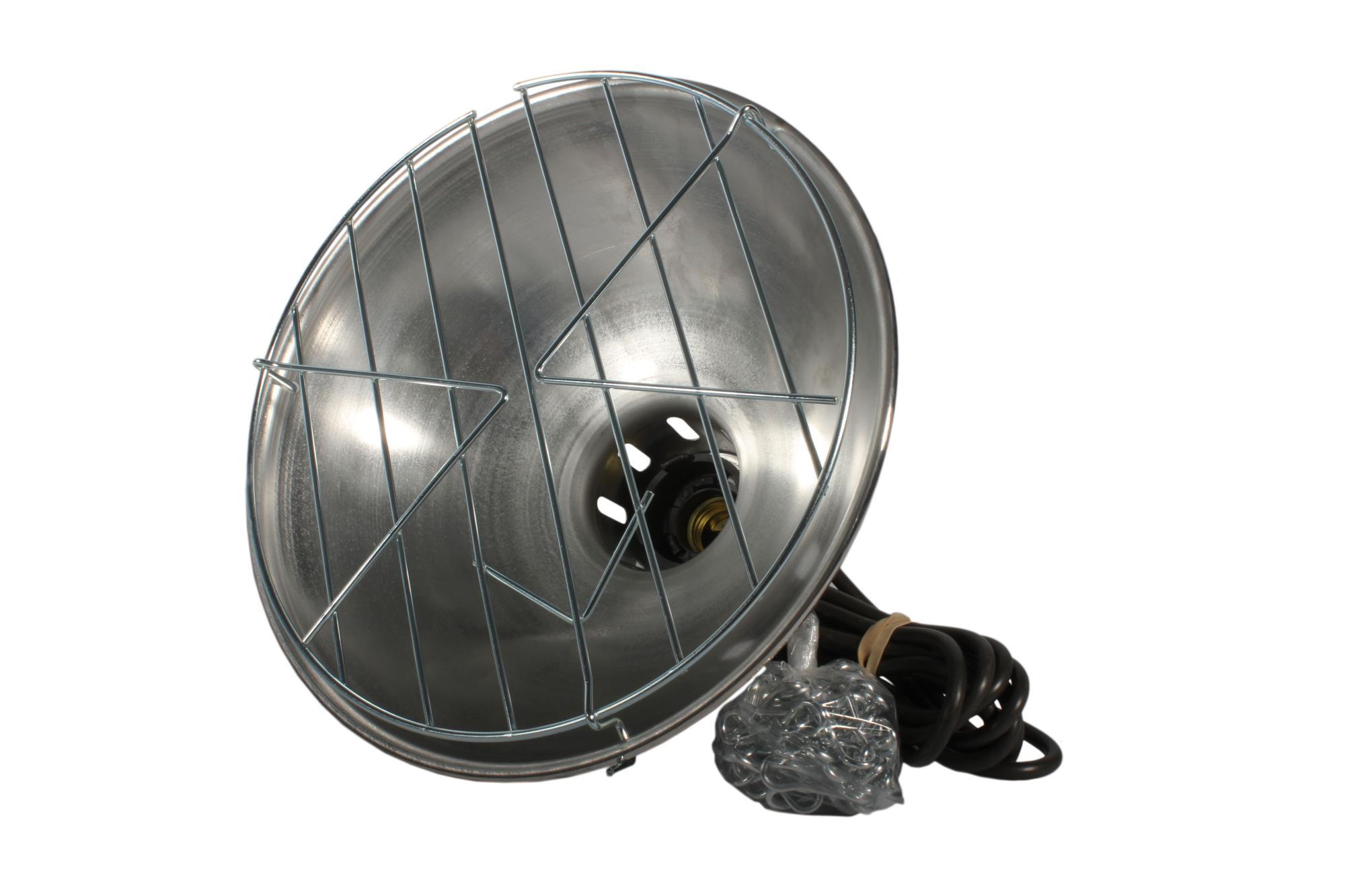
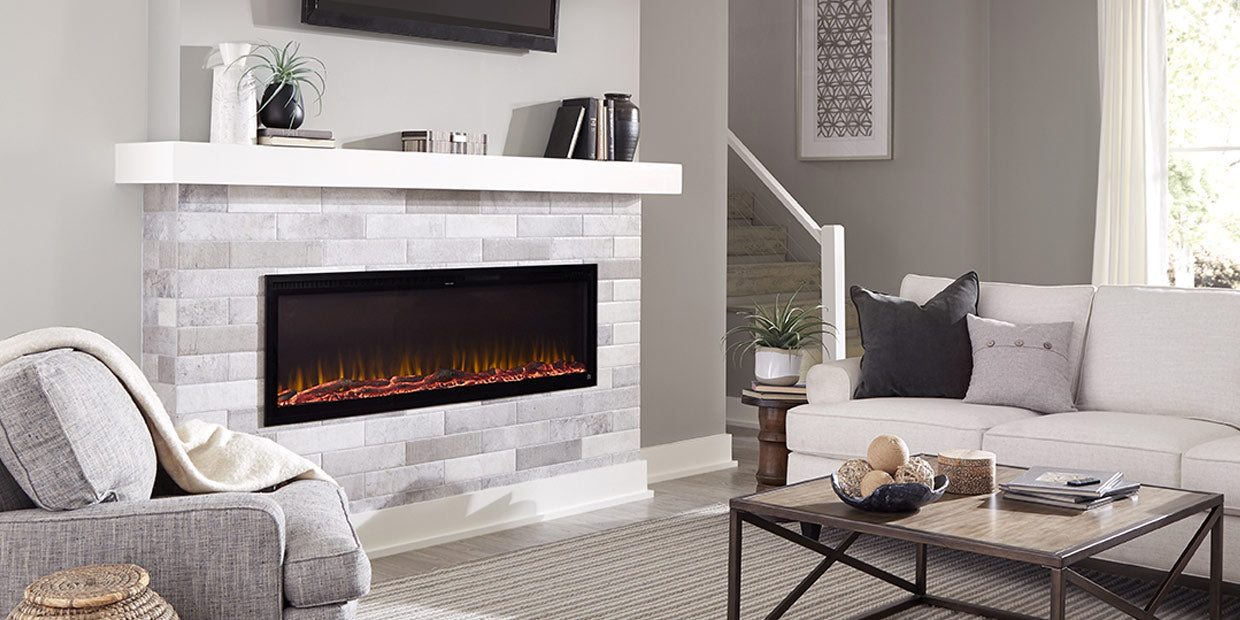
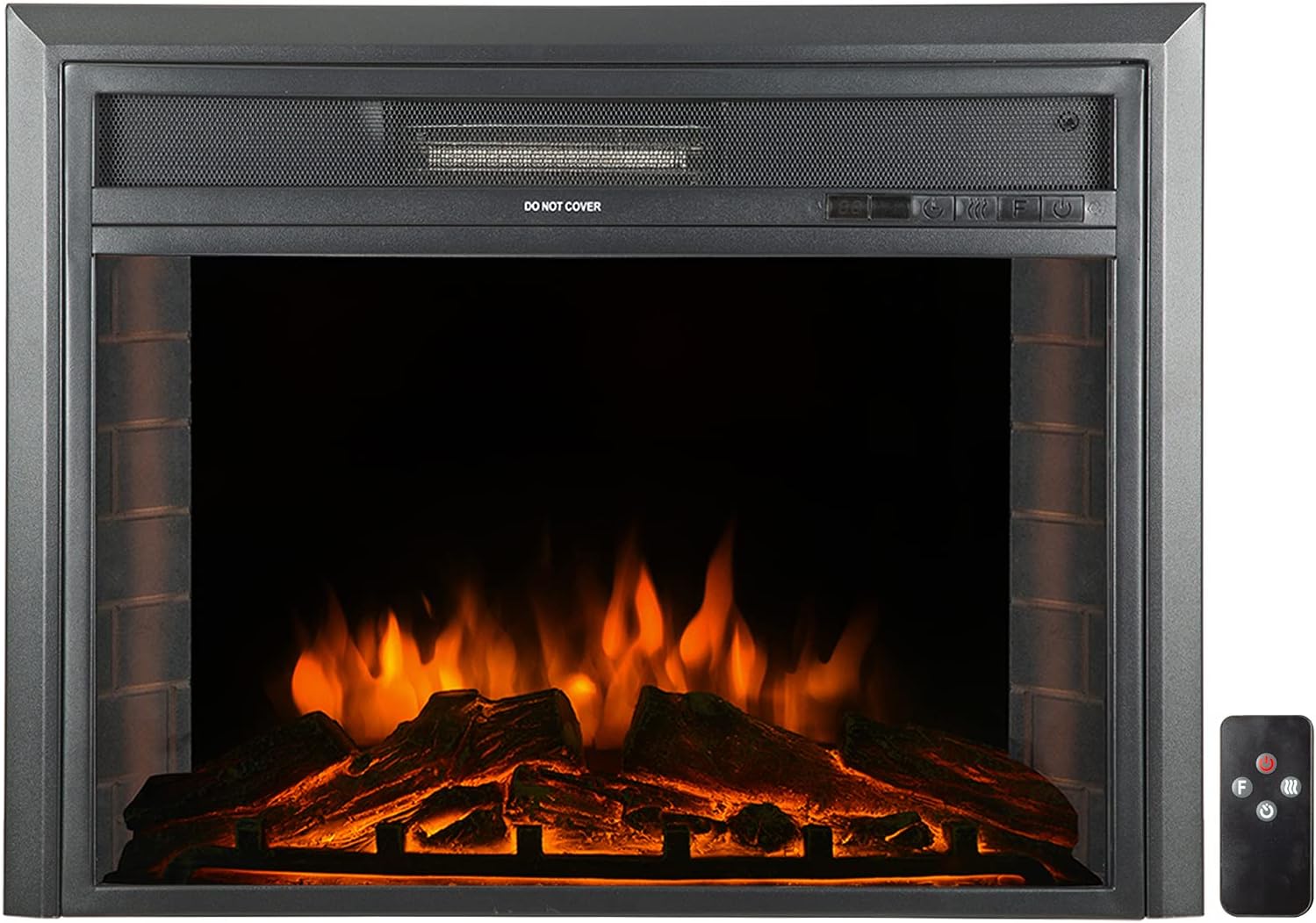
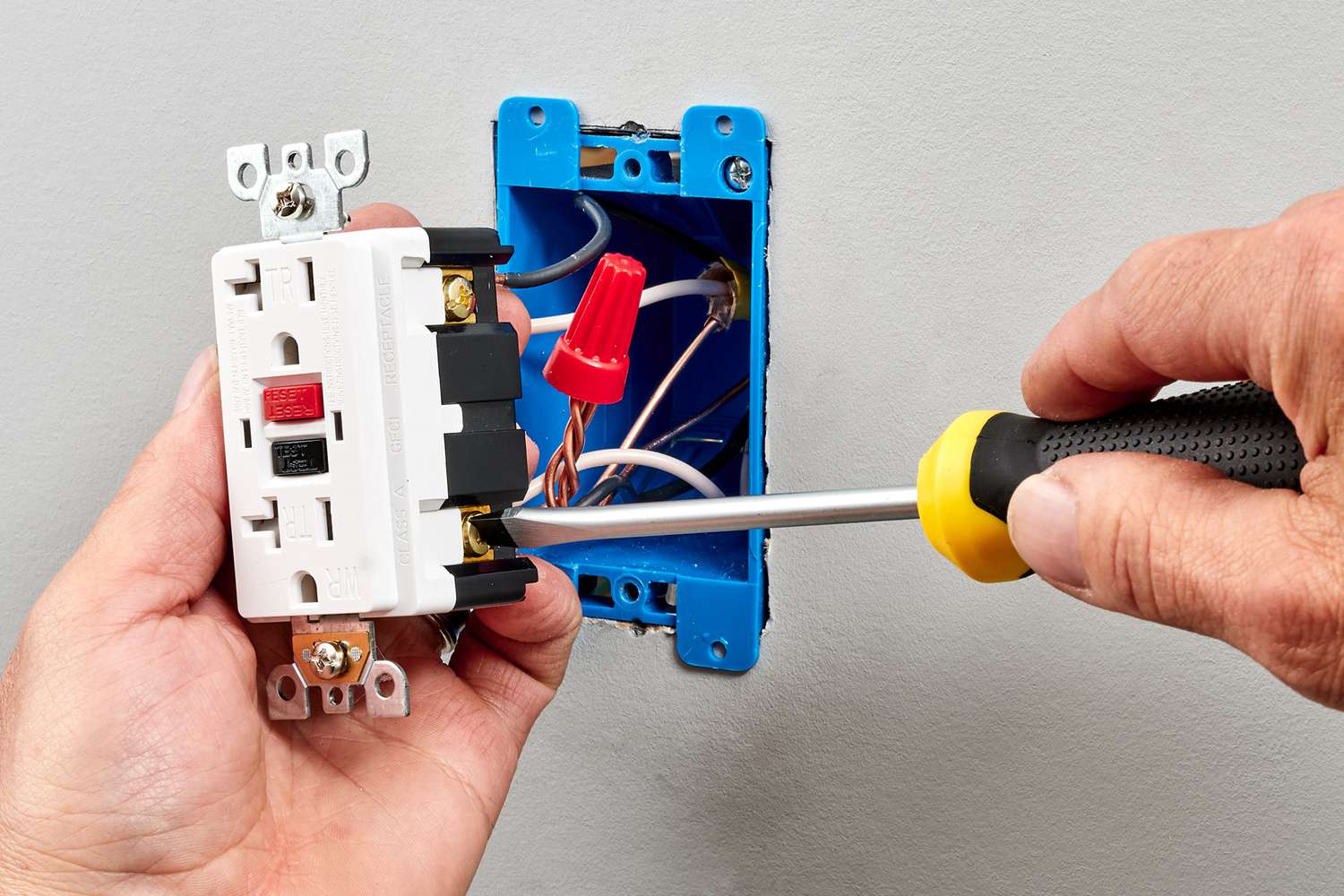

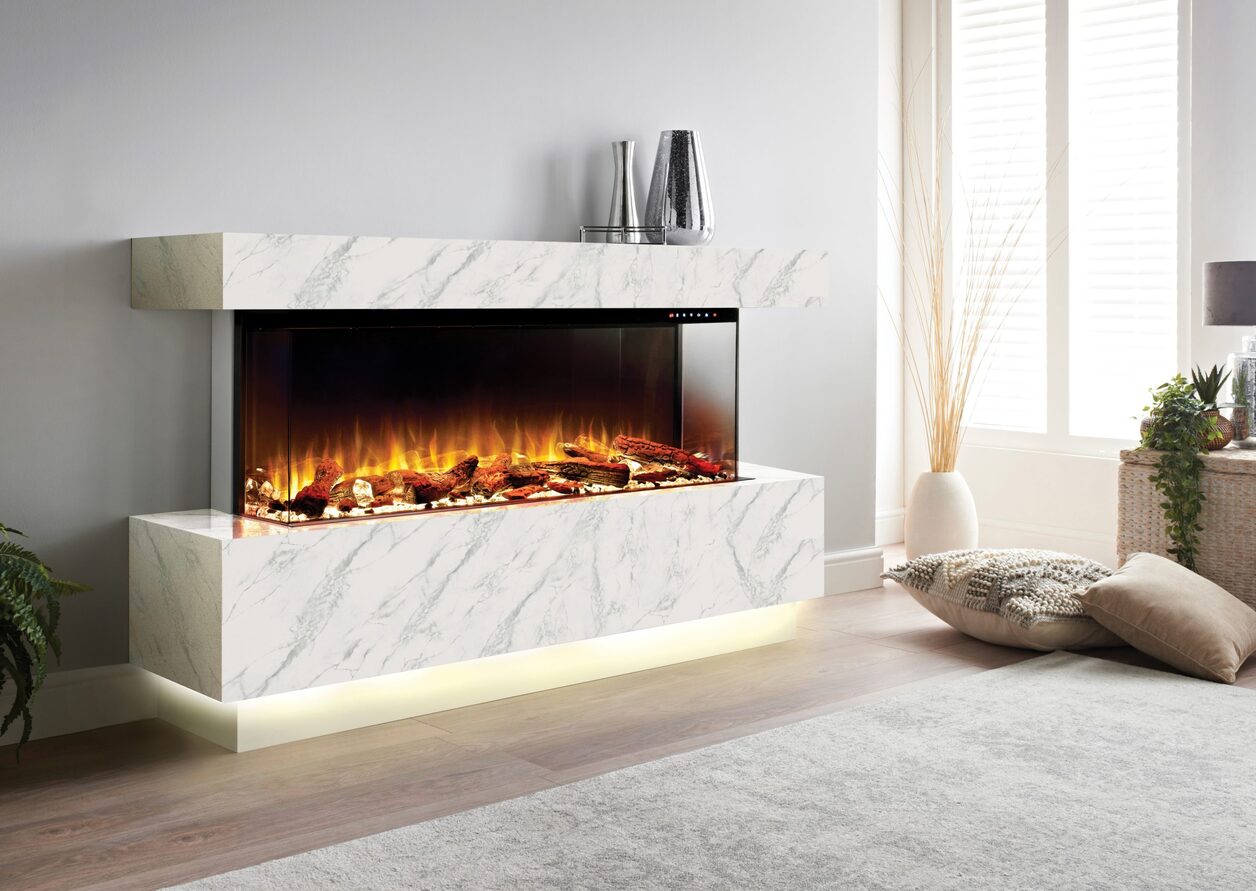
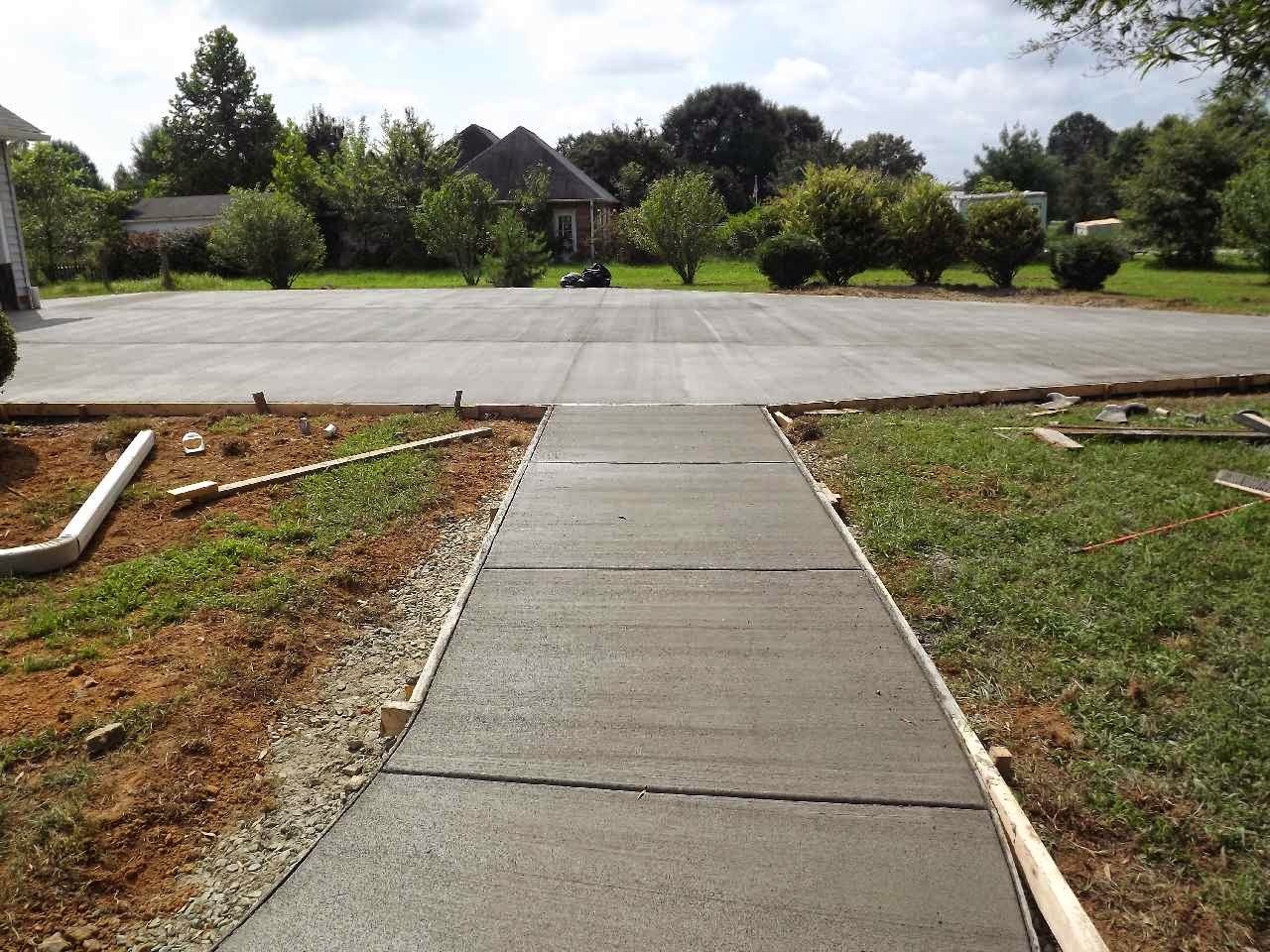
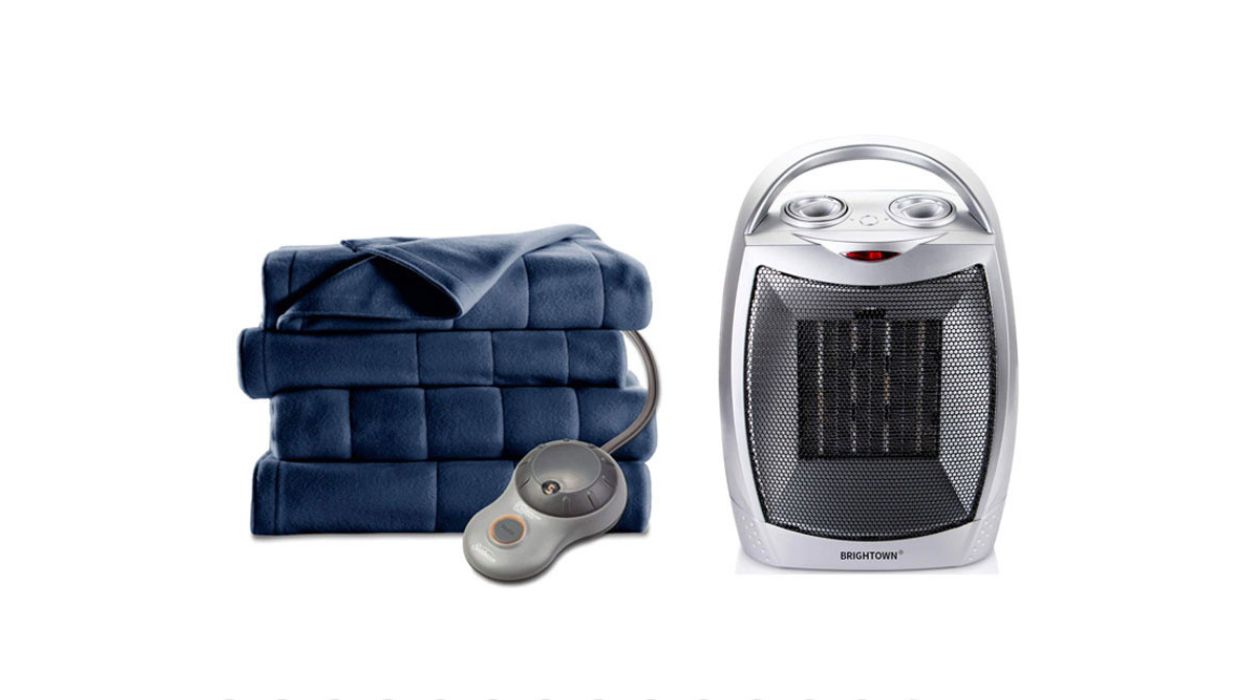
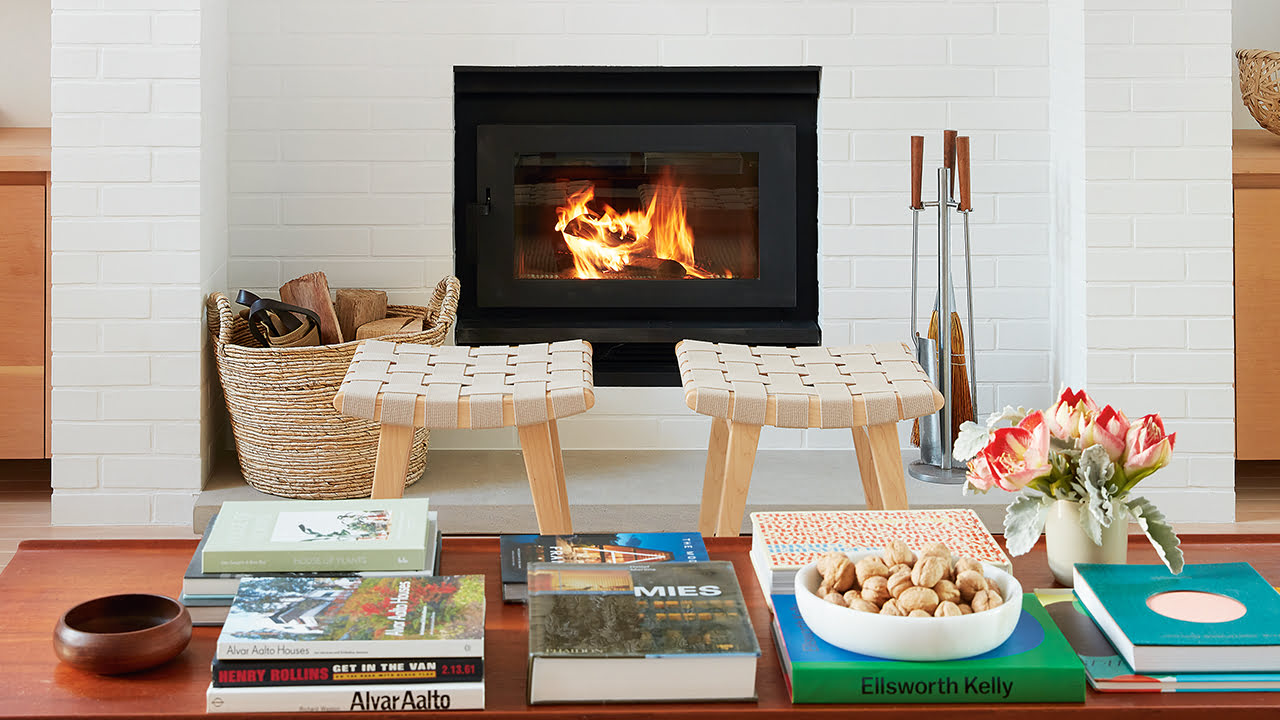
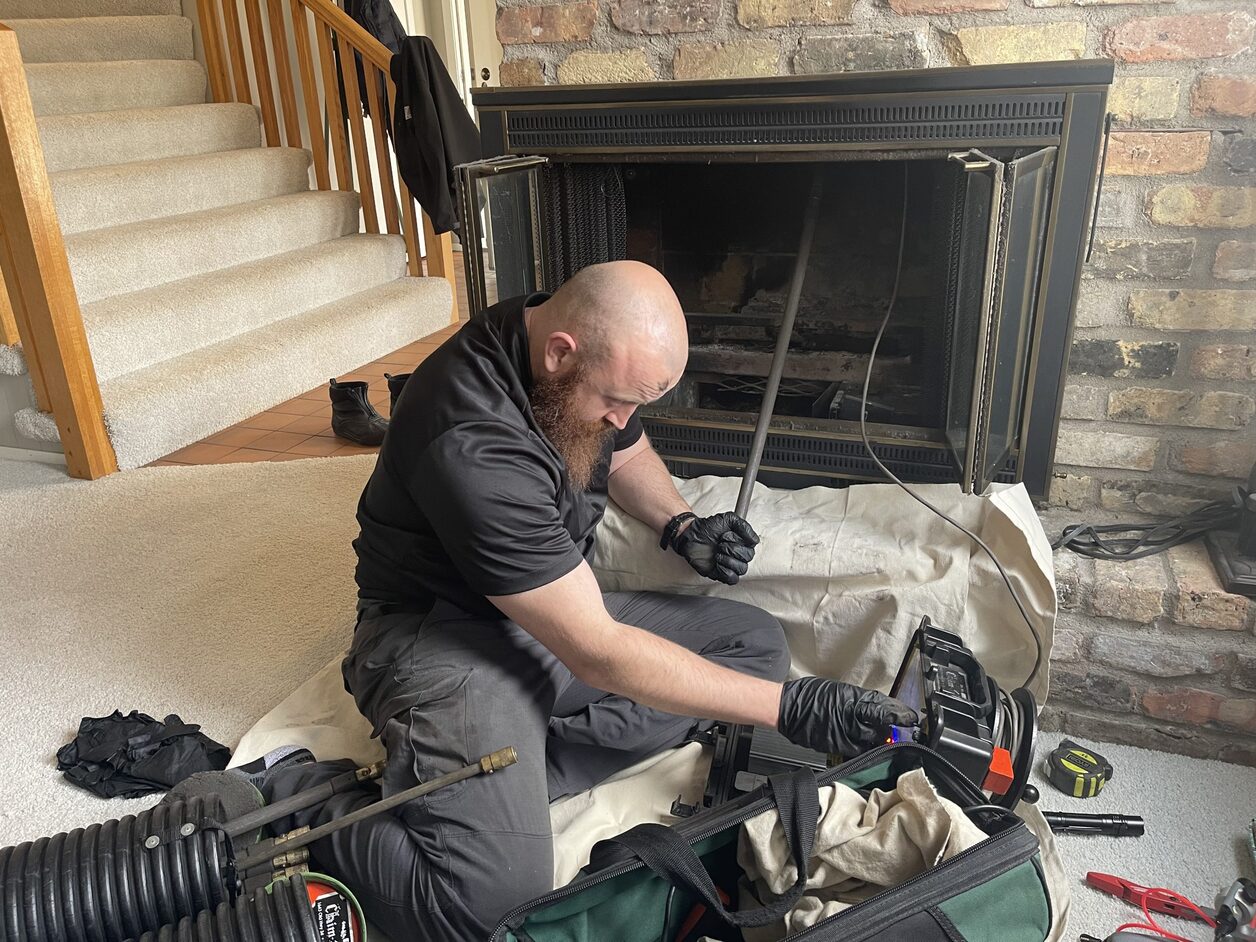

0 thoughts on “How Much Heat Does An Electric Fireplace Put Out”